Charles Pakana:
On the 17th of October 1985, the first meeting of the Aboriginal Cultural Heritage Trust was held in Melbourne. Ultimately renamed the Koorie Heritage Trust, it was founded due to a need for greater awareness and understanding of First Nations culture throughout the community, and importantly, the need for cultural heritage material to be controlled, managed, and curated by Koorie people. Joining me today is the man who for the past nearly 13 years, has held the position of CEO of the Koorie Heritage Trust. He’s Kulkalgal, Kemer Kemer Merriam man, Tom Mosby. Tom, thanks for your time today.
Tom Mosby:
Oh, my pleasure, my pleasure.
Charles:
Tom, four decades.
Tom:
Four decades.
Charles:
40 years since Uncle Jim Berg, Uncle Sandy Atkinson, Aunty Wendy Brabham, and so many other pioneers and allies sat down and founded this organization. A heck of a lot has happened in the Victorian Koorie space in those years, an increase in reconciliation efforts, the Victorian Treaty process, the Europe Justice Truth Telling Commission, a failed referendum and so much more. And these are just in the recent few years. How does the trust remain relevant in such a rapidly and constantly changing environment?
Tom:
Look, I think we’ll always be relevant. The one thing I keep on talking about is the fact that we have this very strong, very living Aboriginal First Peoples communities here in Victoria, but people still think of Aboriginal Australia as being up north. And so for us it is still being relevant in that sense because we are all about promoting, supporting, celebrating the fact that you have this very distinct community down here in Southeast Australia, but here in Victoria.
Charles:
Do these particular changes though have an impact on what the Koorie Heritage Trust is doing? I mean, obviously we’ve spoken since the 2023 referendum. We didn’t speak about the referendum in that interview though, but have these things impacted on what you are delivering here, whether it’s by way of training sessions or exhibitions?
Tom:
I mean, of course it does. I mean, when we look at what’s happening in terms of treaty and truth telling, there’s a real role for the Koorie Heritage Trust to play, even if it is physically being located here at Fit Square, which is in the center of the cultural precinct here in Melbourne, which is easy to find by people coming into the city. We are still very much a part being able to actually do that promotion, support and celebrate. But even more recently, I mean, Anzac Day, we’ve just had Anzac Day, that awful thing that happened at the Dawn Service. We as an organization can actually be a voice and we actually posted on the day on our social media in support of the elders, the traditional owners that were doing the Welcome to Country, but also the reason why we should actually look at Welcome to Country and Acknowledgement of Country by all of us.
Charles:
I want to touch now on the cultural competency and safety sessions that are run here at the Trust, and this does relate to what you were just talking about then with the heckling that was experienced by the elder at the Anzac Dawn service. Since the 2023 referendum, many Australians unfortunately really feel empowered to give even more voice to sentiments that run against reconciliation and a pride in Australia’s cultural foundations. We’re seeing it in some sections of the media, community and even political campaigning for goodness’s sake. How important are, and effective, that’s the big thing, are the Trust’s workshops?
Tom:
The workshops that we actually run are very important. We believe in terms of educating people and organizations in terms of the requirement for the recognition of Aboriginal people, Aboriginal Torres Strait Islander people as the first peoples of this country, because I truly believe personally, but also as CEO of this organization, that through that acknowledgement, it’s one way forward of building a true path towards reconciliation. And so being able to acknowledge traditional custodians, welcoming to country, they’re part of the things that we actually cover within these workshops and being able to learn and understand the reason why we actually do have Welcome to Country, why we should be acknowledging traditional owners as well. It’s very important.
Charles:
Let me be a bit of a devil’s advocate though. It’s obviously fair to say that the majority of people coming in to take these courses and participate in the workshops are already going to be sympathetic to First Nations causes and reconciliation. What do you see as the workshop’s possibilities in reaching out to the audience beyond those allies and collaborators?
Tom:
And look, not necessarily, that is not the case. We actually do get people coming into the workshops that have a set position, set mindset because as an employer of an organization, big organization sends their group to us to actually do these workshops. Majority of people, of course, they attend and they’re open to actually learning and experiencing what we have to actually teach and get across. But we still have people and we do have individuals that have a very set mindset that our workshop facilitators actually struggle with. And so it’s not always going to be a very straightforward workshop. We’re always aware that there will be people that will actually challenge.
Charles:
What are some of those challenges that some of the workshop facilitators come up against?
Tom:
Look, if I can be perfectly honest, we have within Aboriginal Torres Strait Island communities, our skin color change. We have all of the different skin colors.
Charles:
You’re not Black enough to the Aboriginal.
Tom:
You’re not Black. Yeah, exactly. And that is the thing. We’ve actually had people say, “You’re not Aboriginal. Why are you actually talking to me about Aboriginal cultural competency? Because you don’t look Aboriginal.” And it’s such an offensive way of, and it does actually offend our facilitators, but they’re the type of things that we actually deal with because what we do within this workshop is we really encourage a safe space where people can actually ask questions like that and we can actually respond to it as well.
Charles:
Those sorts of questions are actually encouraged?
Tom:
Mm, mm. And we actually promote our workshops as a safe space where there’s no silly questions. If you don’t understand, talk to us about it.
Charles:
That does bring up the issue though of protecting your staff because obviously being subjected to those taunts, whether intentional or otherwise, has got to be incredibly wearing and add to what’s now known as the colonial load. How do you look after your staff in those situations?
Tom:
Well, we actually make sure, I mean, because we run either full day workshops or half day workshops, if our staff, if there’s a half day workshop, they usually take the rest of the day off. There’s a lot of conversation and discussion with the manager of our cultural experiences area as well. We’re very conscious that we have this responsibility of taking care of our people as well because I mean, they do get confronted with quite what can actually be quite racist comments.
Charles:
You and I have talked previously about the future of the Trust and you’ve made mention of some fairly strong aspirations specific to this site here in the city, but let’s look beyond Vietnam or Melbourne to the broader Victorian community. And as we’ve seen with the Josh Muir exhibition, the Trust can facilitate traveling exhibitions and do it incredibly well. What do you see the future holding for the Trust in creating that greater awareness and understanding those foundation words of the Trust of culture across the broader Victoria, not just here?
Tom:
And look, what we do is we represent across Victoria, we are constrained in terms of our funding as to how we actually get ourselves into the regional sectors. But what we do in terms of our program, I believe we actually showcase the breadth of Aboriginal Victoria here in Victoria. For example, you mentioned the Josh Muir exhibition tour. I mean, that’s a regional kid as well from Ballarat, which we’re now touring throughout Victoria. We’ve just closed another touring exhibition Lays of Black, which was about jewelry. That Black design program from which the Lays of Black exhibition came out of, that was very much about training designers, our mob in the design industry or the design sector, but really looking at making sure the participants in the program came from throughout Victoria. It wasn’t just Melbourne, it was very much about looking at regional participation as well, because we’re very conscious that we don’t want to actually just focus on what we have here in Melbourne. Our exhibition program, a lot of our artists are from regional and across Victoria as well. We are very proud of that.
Charles:
Do you see there is opportunity to partner up with ACO’s, gathering places, traditional owner groups across Victoria, specific with the training? That’s one of the important things that we need to focus on here. What are some of the potentials that you can see there?
Tom:
Look, I think there’s real potential. I mean, we do actually deliver training into the regional sector, especially for the big government departments that have offices in some of the bigger regional cities. We actually do do training into those areas, but we do work with the traditional owners as well in terms of how we actually run the program and how the participation actually happens.
Charles:
Constraints though seem to, once again, as we presented in our last interview in May last year, finances.
Tom:
Finances. And also, I mean, it’s also the time and staff energy, and [inaudible 00:10:14] we talked about making sure we look after staff that deliver the workshops here in Melbourne, but they’re also the ones traveling out to the regional centers, driving sometimes an hour, two hours to get out to these programs. It’s been very conscious of that staff resourcing as well and support.
Charles:
Let’s get onto the happy things, the celebration. 40 years, which is amazing. Tom, first of all, what do you think some of the main achievements have been even in your 13 years as the CEO of the organization over the past several years?
Tom:
Look, I think the big achievement is the fact that we’re actually still here 40 years later and we are not just here, we’re actually thriving. And as an organization, I think it’s a real testament to the organization, to the people who actually founded the organization, but also it represents the need for something like this to actually still be existing and operating. Very proud that 40 years later we’re still here, but we’re also in a fantastic physical location as well. I mean, the fact that we are here at Federation Square in the Birrarung building, right in the center of the cultural precinct of Melbourne. I think it’s a fantastic testament to the KHT and the organization and people who actually set it up.
Charles:
What about celebrating the event, this 40 years of being loud and proud, we have to throw that in there. Now, you’ve got to make mention of Uncle Col “Marra” Clark who is a great mate of mine and Victorian Aboriginal news. What are some of the events and exhibitions you’ve got coming up over the next say, six months or so?
Tom:
Well, at the moment, we actually have our current Black Design exhibition. This is from the program we ran last year and in a partnership with the RMIT University School of Fashion and Textiles. It’s fashion and textiles exhibition. It’s fantastic and it really showcases the talent that we have in that design space.
Charles:
It’s been going for a few years, hasn’t it?
Tom:
The program itself has been going for a few years, so this year will be the fifth year of the program. At the end of each year, we then put on an exhibition. The current exhibition is from last year, but we’re running the program at the moment. After Black Design, we then have Uncle Cole and his exhibition and he’s so excited and so proud to-
Charles:
He really is.
Tom:
… actually be exhibiting here. And we’re actually really looking forward to it because not only will the artworks be fantastic and beautiful, but way we’ve actually looking at the design of the space to represent country and river and all of that. It’s going to be a beautiful show. At the same time as Uncle Cole, we also have another artist, Jenny Murray Jones. Now, we have a collection of paintings by Jenny here at the KHT, but she’s someone we haven’t shown for a very long time, and so we’re very excited to be working with her and presenting her exhibition at the same time as we are doing Uncle Cole as well.
Charles:
And how would you describe her artworks?
Tom:
She’s really looking at stolen generation, and for us it actually ties, both Uncle Cole and Jenny ties in really well with the fact that we have Reconciliation Week coming up and also going to NAIDOC Week as well. Both of them really looking at family, country, in Jenny’s case about the stolen generation. And for us, it’s time of reflecting, looking at the history that we’ve all been through, but through these exhibitions.
Charles:
Is that something that you look at when you are selecting artists, that there is that diversity of messaging, whether it’s sometimes socio-political, sometimes cultural, as with Uncle Cole Clark? Is that what you’re looking at and how do you balance that?
Tom:
It’s not something that we consciously do, but it just happens. And so when we were looking at Uncle Cole and Jenny’s exhibition, it just tied in so neatly with the fact that we have Reconciliation Week coming up and NAIDOC Week. They will actually be our exhibition through that period. And then when that closes, that’s when we will open our big exhibition for the 40th celebration, which is a fantastic exhibition of weaving by Aunty Connie Hart, who was an Gunditjmara Elder. We have one of the biggest collection of her weaving here at the KHT. We’re very excited to be showing that and showcasing that as part of our 40th birthday.
Charles:
The impact that being able to exhibit their art here at the Koorie Heritage Trust must mean so much to so many of these artists. I know that I was up with Uncle Cole Clark shooting a video about this exhibition on the banks of the Mari just a few months ago, and he was just so over the moon excited about this, and this means so much to him and it means so much to what can be a full-time career going forward. What are some of the impacts that you’ve seen these exhibitions have on some of the artists’ lives, professional and otherwise?
Tom:
Look, I think Uncle Cole is a really great case in point, is so excited. He’s really keen to actually be showcasing here at the KHC. He’s been a participant in our annual Cree art show for quite a few years, and for us to give him this opportunity, I think is fantastic for us, but for him, but also for his family as well. He has been working with his daughter. They’ve also written an essay for the Room Guide that we will have, and it’s such a beautiful personal piece of writing that they’ve done talking about their father, where he came from in terms of personal, but also in producing art. I mean, it’s such a lovely thing. It’s about Uncle Cole, obviously, but it’s also about the broader family as well.
When we looked the same with Aunty Connie and her exhibition, we’re actually working with one of her nieces who’s also a weaver. We’re commissioning her to actually do a woven eel trap for our collection that will showcase at the same time as Aunty Connie’s exhibition. There’s a cross-generational thing that we do as well where it’s about the artist, but it’s also about their community and their family as well.
Charles:
Well, this was evidenced with the Josh Muir of course, because of course sadly Josh has gone on, but his mother, I think, and his partner were instrumental in, they co-curate as I believe, of this particular exhibition. Apart from Aunty Connie, Uncle Cole, what else do we have by way of celebrating this amazing event? Do we expect to see Uncle Jim come in, Aunty Wendy come in? Is there going to be something where we can see those survivors who were instrumental in forming this organization come together and talk?
Tom:
Yeah. I mean, obviously we would love to actually bring them all together. We have Aunty Jan Muir who was at that very first meeting. She’s actually now the co-chair of the KHT board right now. It’s great having that connection through her in terms of her position on the board now, and also the fact that she was actually sitting in that very first meeting back in October 1985. There’s a real opportunity here for us to bring together a lot of the founders, people that we really need to acknowledge of having founded this place and set it up for future generations.
Charles:
Do you think, honestly, and I’m going to ask you to go outside your comfort zone of the CEO right now, do you think honestly that those people sitting in that room 40 years ago would look the Koorie Heritage Trust now and say, “This is what we wanted to achieve”?
Tom:
I mean, obviously, I cannot answer that question, but I would like to think that they would, and the fact that I do have somebody like Jan sitting on the board today, I think is testament to her belief in what they set up back in 1985 and where we are now in terms of what we actually represent. If I can use her as the example, I would say yes.
Charles:
With that, Tom, thanks so much indeed for your time.
Tom:
My pleasure. Always a pleasure to chat.
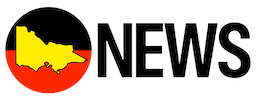


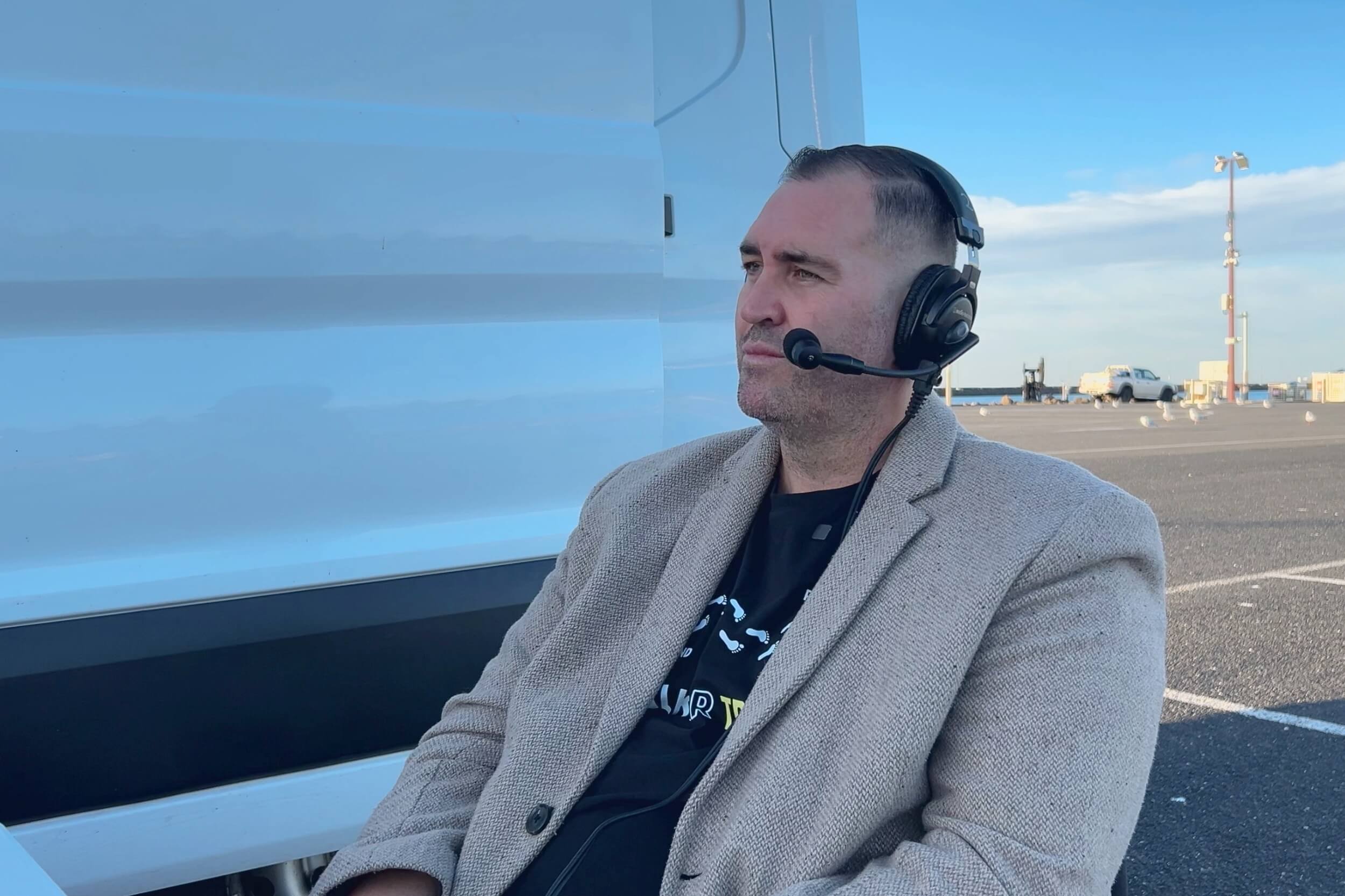
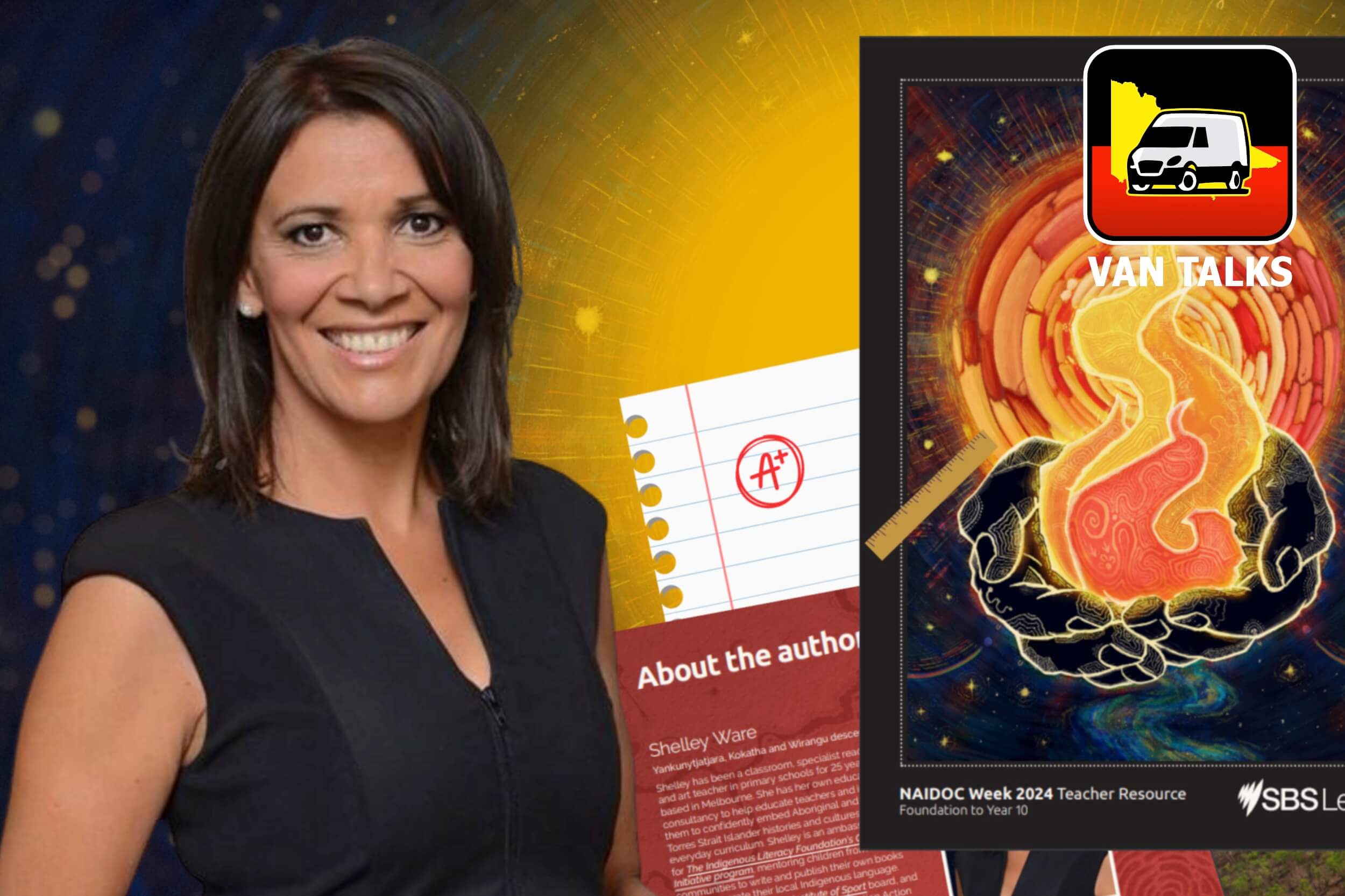
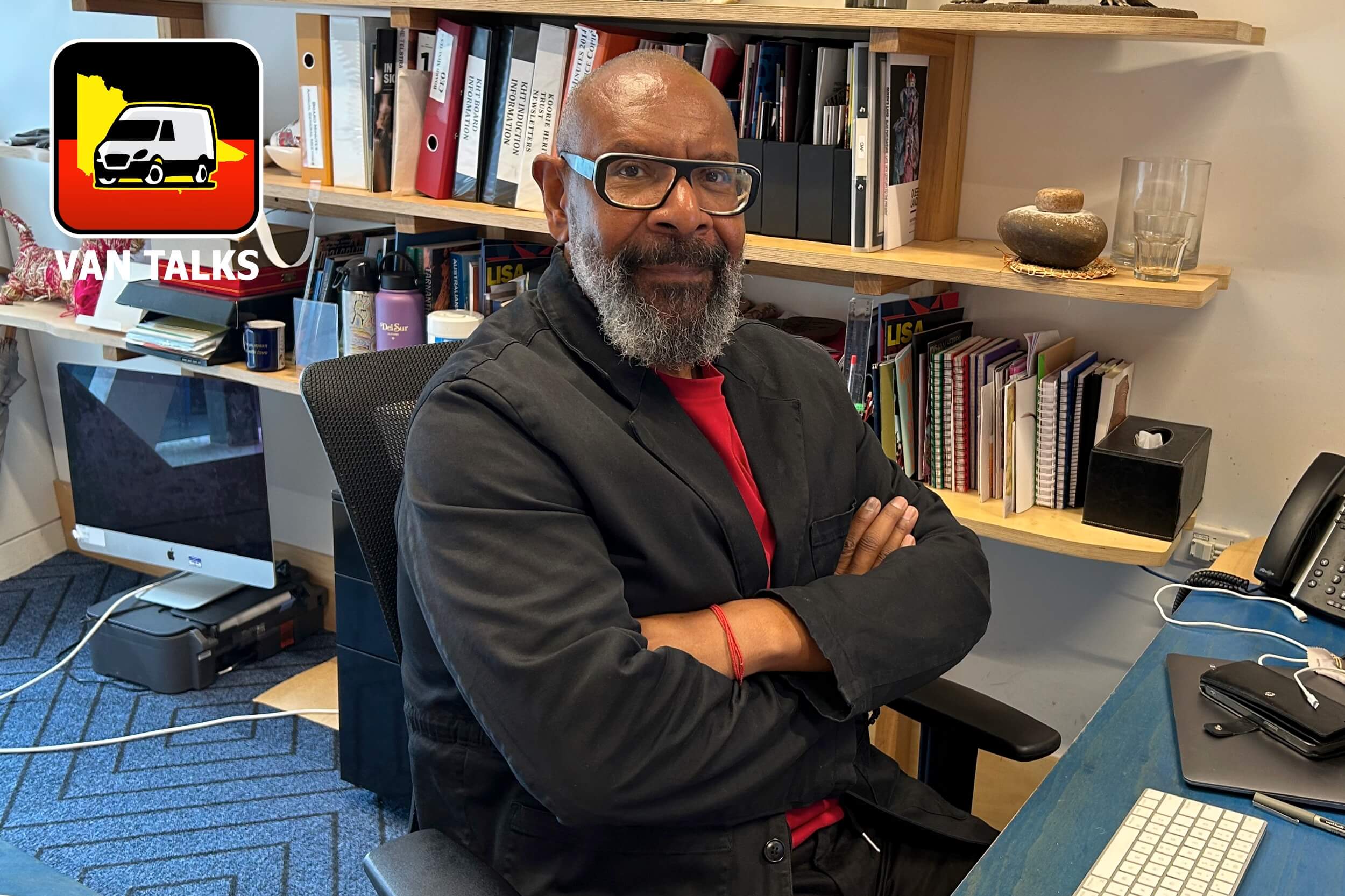
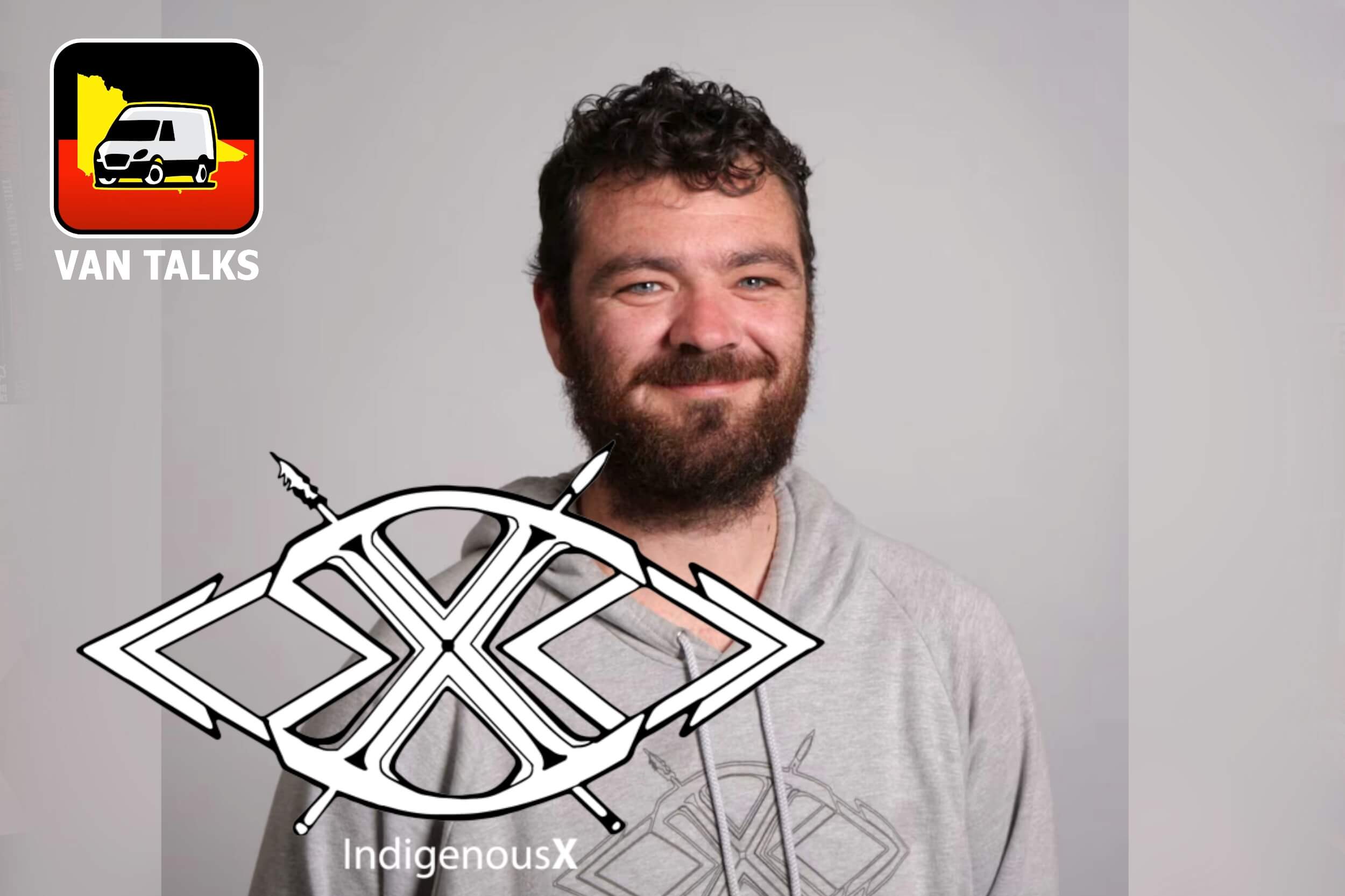

0 Comments